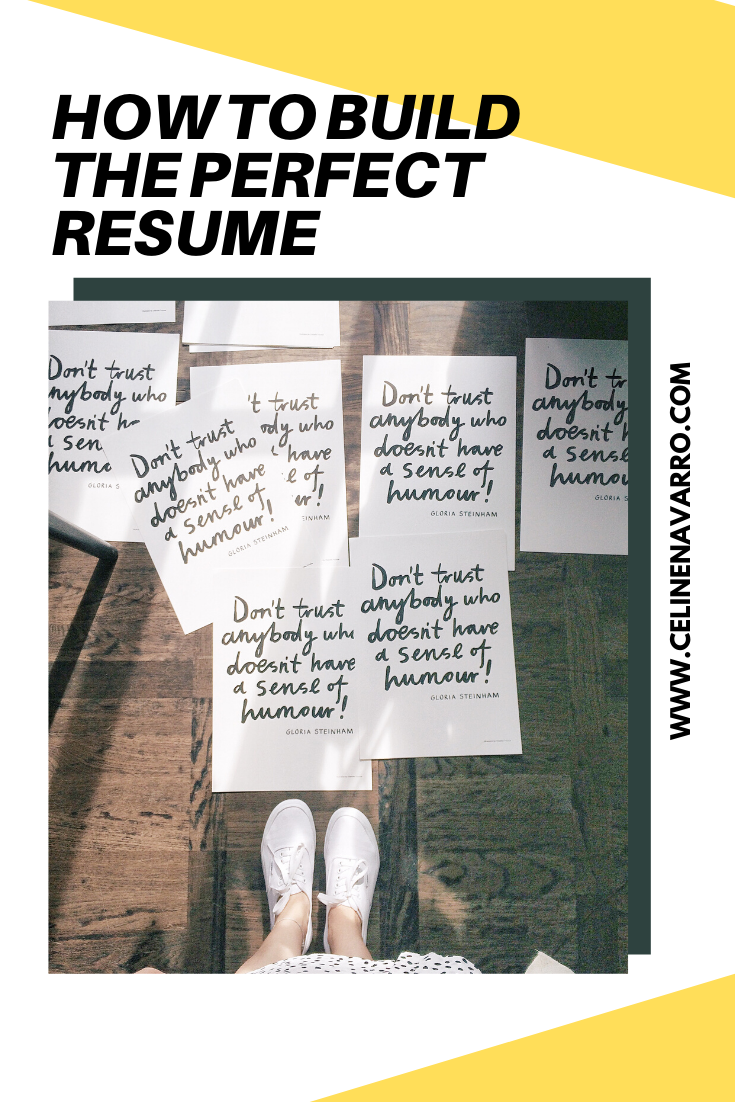HOW TO BUILD THE PERFECT RESUME
Looking for a job can be overwhelming. Although the first step is to update your resume, knowing where to begin can be equally as formidable as applying for jobs. It can be hard to identify which items to include and which to remove because they are irrelevant or unnecessary.
As you build and update your resume, and begin your job search, follow our guide to help you create the perfect resume to help you find the next step in your career.
Image by Steve DiMatteo from Pixabay.
What Should My Resume Include?
Every resume should include some vital information for prospective employers or hiring managers. Other items, such as design style, fonts, and the level of detail you include in your resume are up to you. The elements every resume should have include:
● Your name and contact information
● A summary of you and your work experience (2-4 sentences)
● Your relevant professional history listed most recent to oldest
● Your education
● Any relevant certifications or awards you have received or earned
Steps to Build an Eye-Catching Resume
In general, hiring managers are interested in learning three things about you when they read your resume: What you did, professionally, why you did it, and what were the results of your actions? Follow these steps to build a resume that captures attention and answers these questions:
Choose a simple format. Try to avoid heavily designed resume formats because the design may distract from the content, and you want hiring managers to pay attention to what you have to say. You can use a free resume maker tool to make it easy to build a beautiful resume. Avoid using too many colors or hard-to-read fonts as well. Make sure the font in the body of your resume is readable; a good rule of thumb is 11-point or larger. Margins should be between 0.5 and 1 inch so that there is plenty of white space, and the content isn’t too cramped.
Put your contact information at the top. If a hiring manager decides to contact you for an interview, you don’t want it to be hard for them to find where to reach you. Type your name in a font that’s 14-point or larger, and follow it with your contact details such as your phone number and email address. You may want to consider including a link to your LinkedIn profile or personal website and portfolio.
Write a career summary. After your contact information, your career summary is one of the most critical aspects of your resume because some recruiters won’t look beyond this section. You will want to mention your core competencies and skills, and tailor them to each job listing you apply for. Discuss your experience and highlight how it will help the role and company.
Provide more detail in your “Work Experience” and “Education” sections. Make sure the section titles stand out in bold, large font. Separate each role and company you have worked for in the past, and include your job title, the dates of your employment, and the company’s location. Then, outline a simple bullet-point list of your job duties and specific ways your work produced positive results. The point here is to showcase your professional impact on every company you have worked for in the past. In the “Education” section, simply list the school you attended, dates you were a student, the level of degree or certification you earned, and your major or minor. Most employers aren’t really concerned about your GPA, so leave this information off your resume.
Include relevant volunteer experience, awards, or certifications that you completed or earned. If you have work training experience or you volunteered your time doing something related to the job you’re applying for, you can list this experience on your resume. Only include simple details, unless you have completed extensive training or volunteer work that directly relates to the job listing. Do you have specific technical skills that are relevant to the job you’re applying for? Do you know any relevant foreign languages? List those as well.


